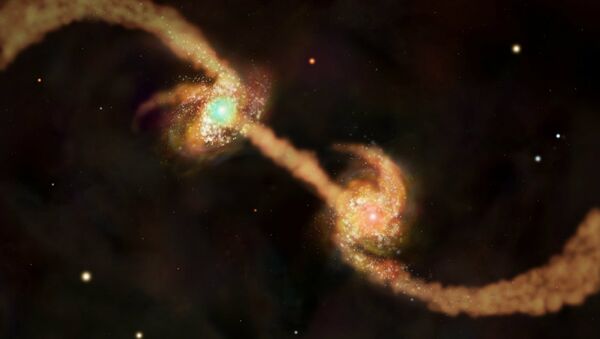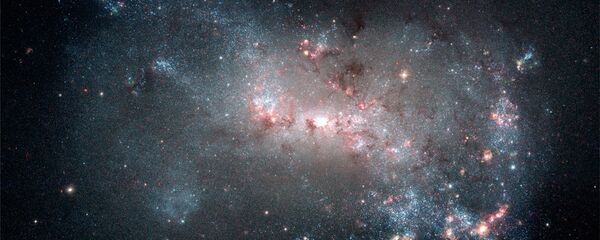A new study published in the Astrophysical Journal finds that the previous estimate of the number of galaxies in the universe is at least 10 times too low.
There are an estimated 2 trillion galaxies sharing the known universe with ours, it was announced, and 90 percent of them are too faint and too distant to be observed by current telescope technology. Astronomers are pretty sure they’re there, however, through the use of models and other calculations.
A galaxy is a spinning system of millions or billions of stars and other bits, like gas and dust, held together by gravity. Ours is called the Milky Way, and, until 1924, we thought it was the only one. But in 1924, astronomer Edwin Hubble identified a fog of stars to be what we now know as the Andromeda galaxy, and space suddenly became a much richer place.
The new data is giving astronomers a peek into the deep, deep past: some 13 billion years ago, near the dawn of the universe. We are talking about space in the context of the "observable universe," the portion of the cosmos through which light has had time to travel to reach Earth. So, as astronomers look farther, they are also looking backward through time.
And if we suddenly have lots of new galactic neighbors, it turns out that, back near the beginning, it must have been shoulder-to-shoulder out there, with a density of galaxies 10 times greater than there is today. The early universe appears to have been jam-packed with little clusters like the satellite galaxies that hover around our Milky Way, a Hubblecast video about the project explains. This insight provides evidence that galaxies evolve and grow by merging together as they spin through space, creating larger galaxies, but fewer of them.
The sudden, explosive increase in the number of galaxies means a number of other hypotheses about space will have to be rethought, Popular Mechanics points out. Equations that estimate the number of possible alien civilizations out there, for example, will need to be modified.
The new paper results are the product of 15 years of work that began with a Royal Astronomical Society (RAS) research grant to have an overworked undergraduate student count galaxies. Eventually, University of Nottingham Astrophysics Professor Christopher Conselice and an international team of researchers from Leiden University and the University of Edinburgh converted that research, plus data from telescopes including Hubble, into 3D maps. They could then use mathematical analysis to calculate the number of galaxies that could not be seen by telescopes into those maps, and then do that for one region of space after another, one period of time after another, "like an intergalactic archaeological dig," a news release by the RAS comments.
"The number of galaxies in the universe is a fundamental question in astronomy, and it boggles the mind that over 90 percent of the galaxies in the cosmos have yet to be studied," said Conselice, who led the international team of researchers, in the RAS press release. 'Who knows what interesting properties we will find when we study these galaxies with the next generation of telescopes?"





